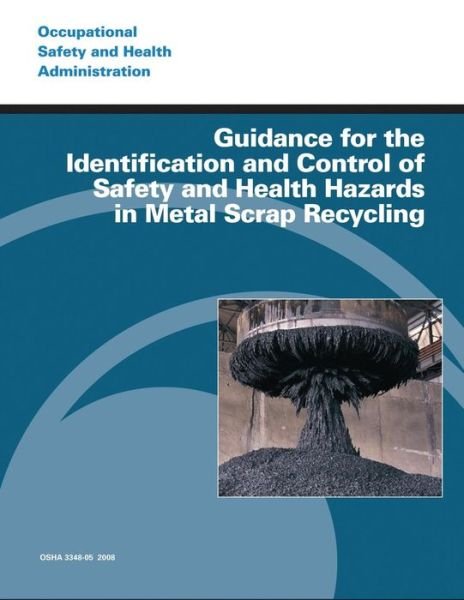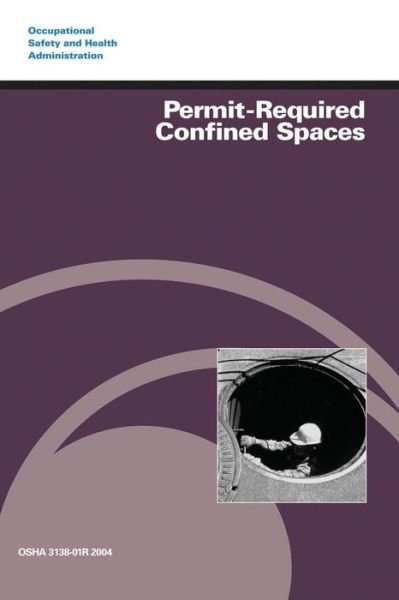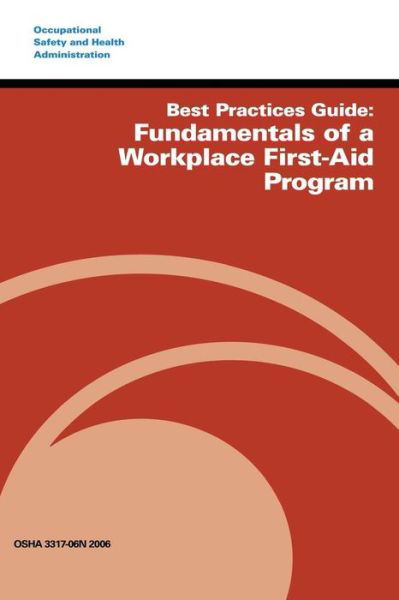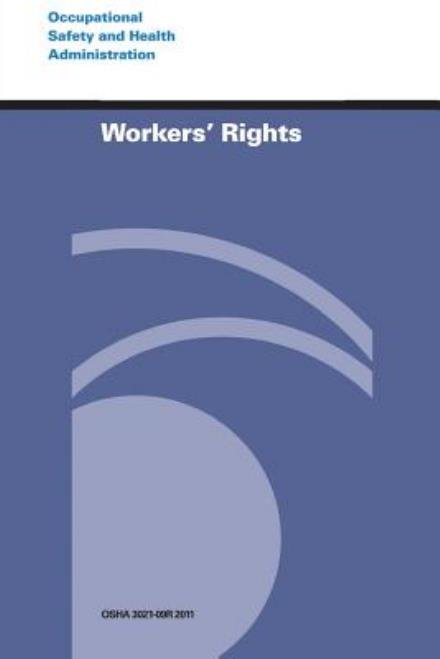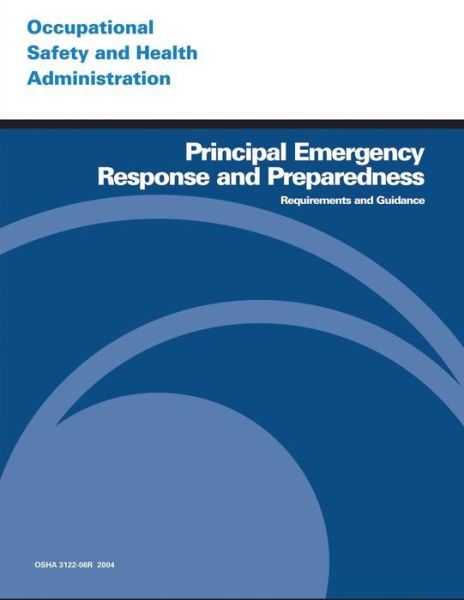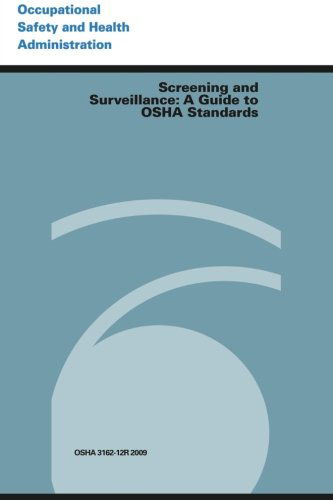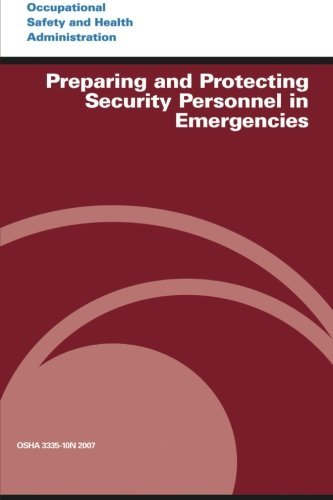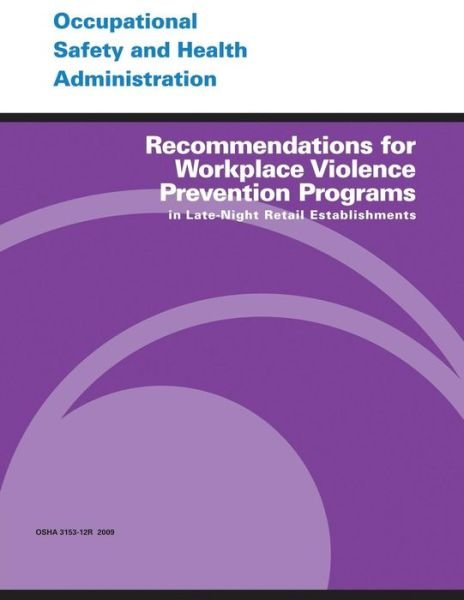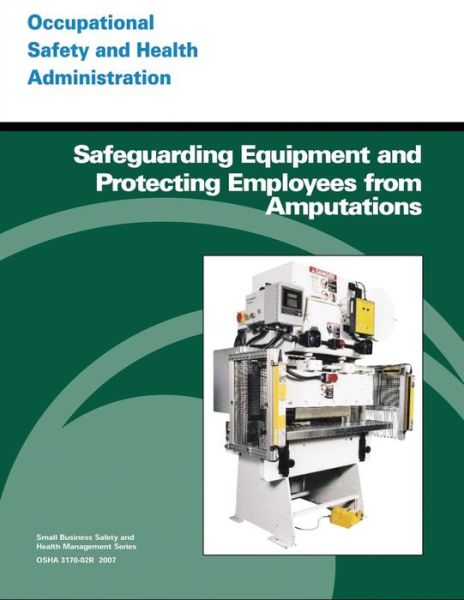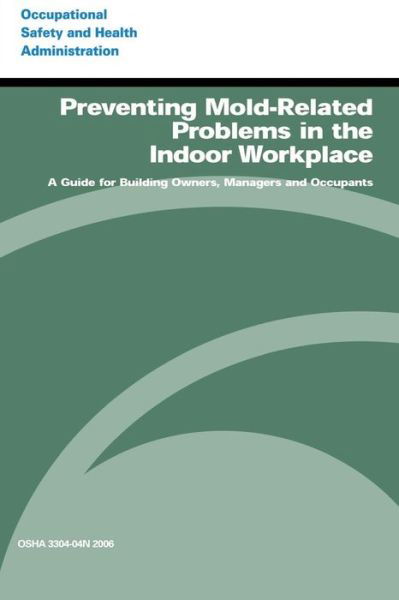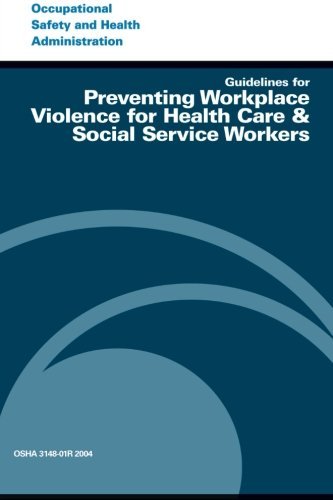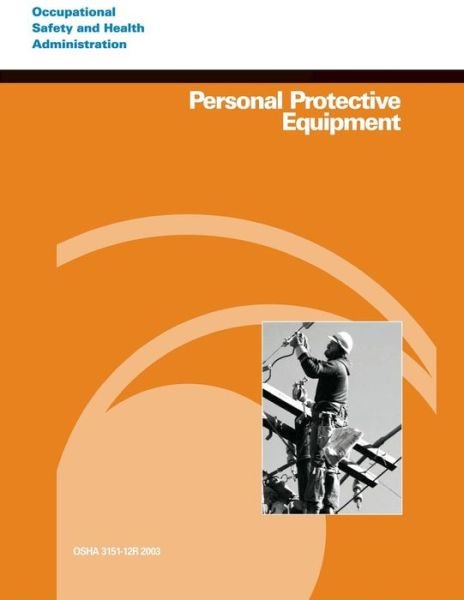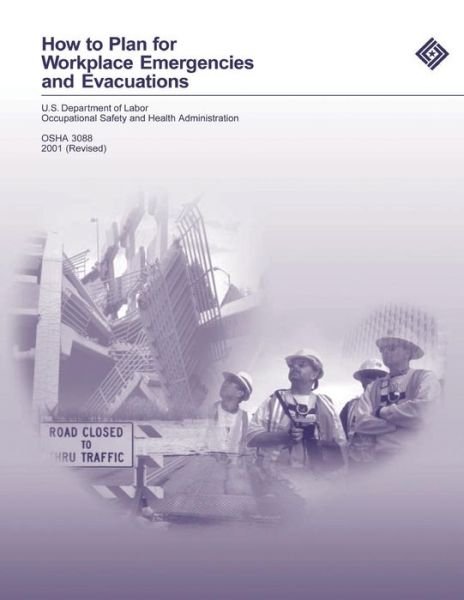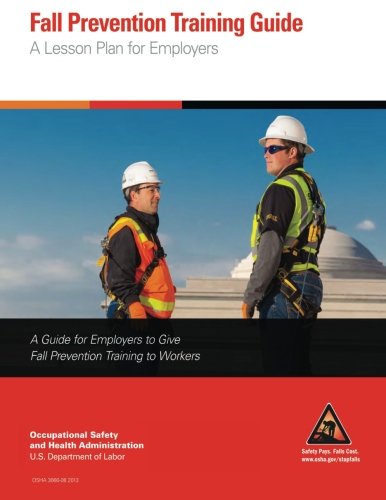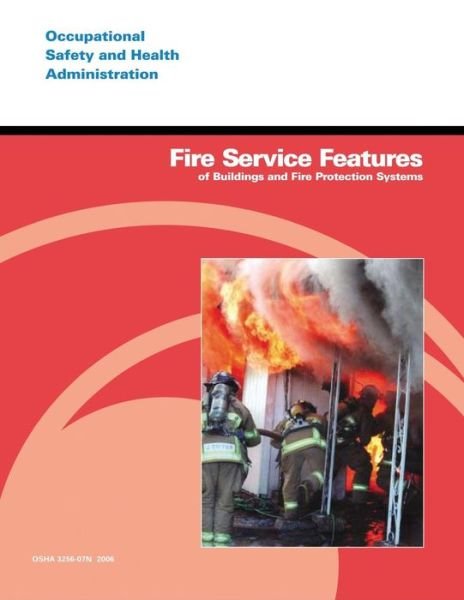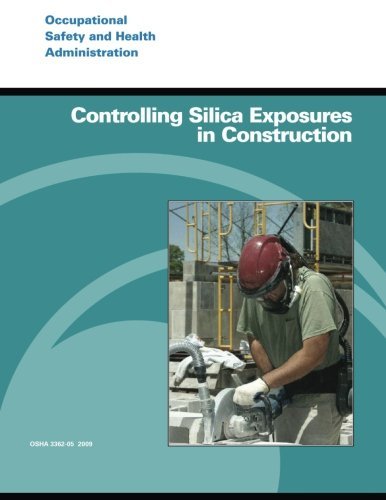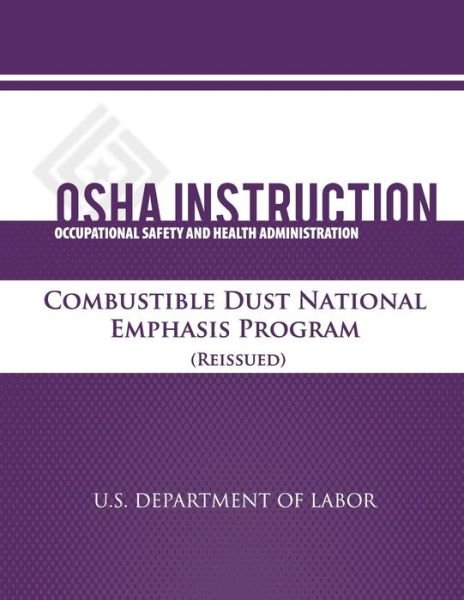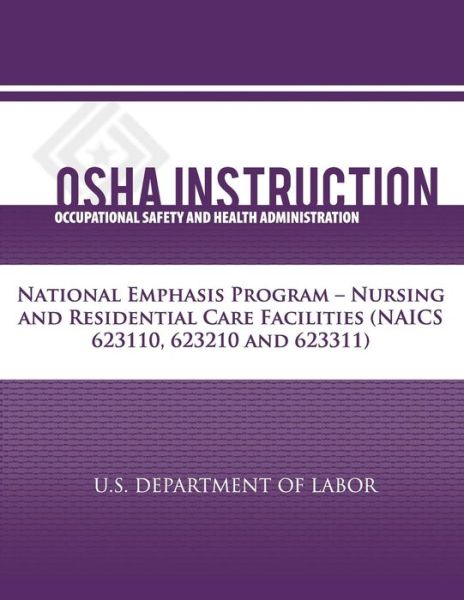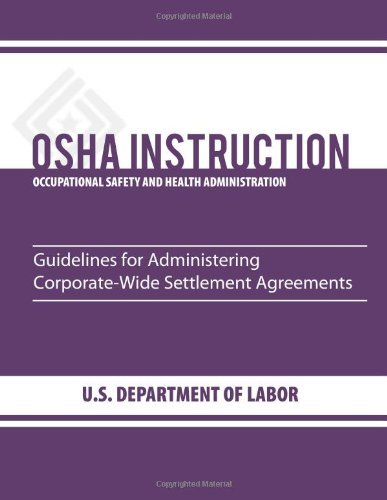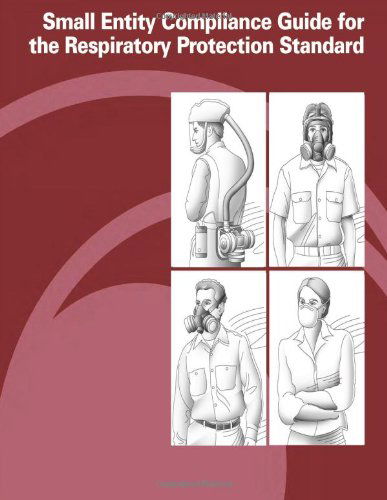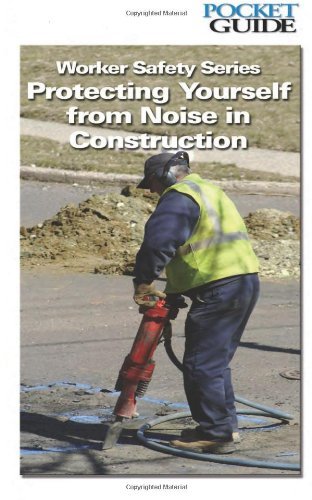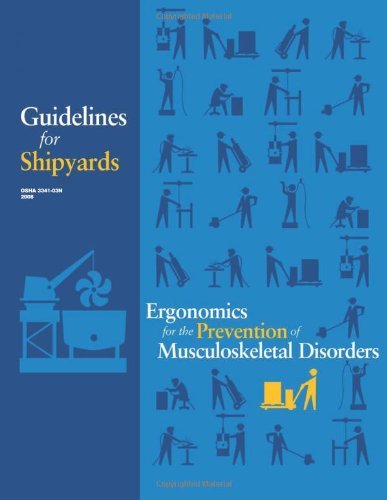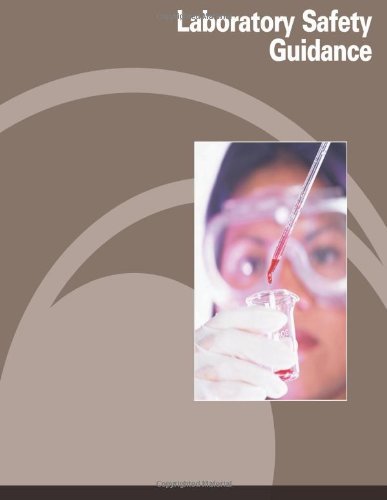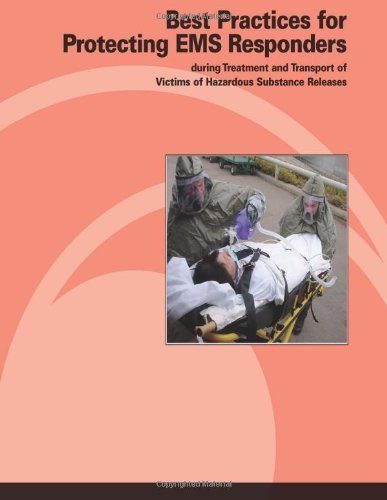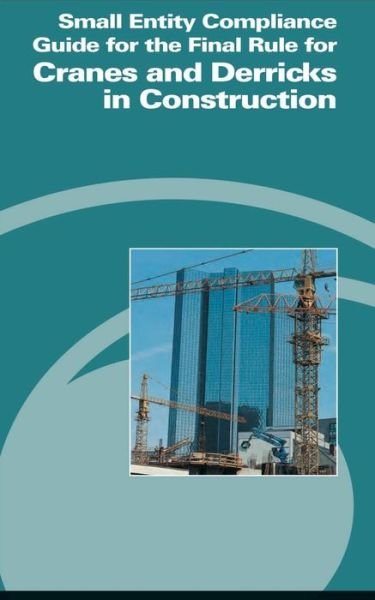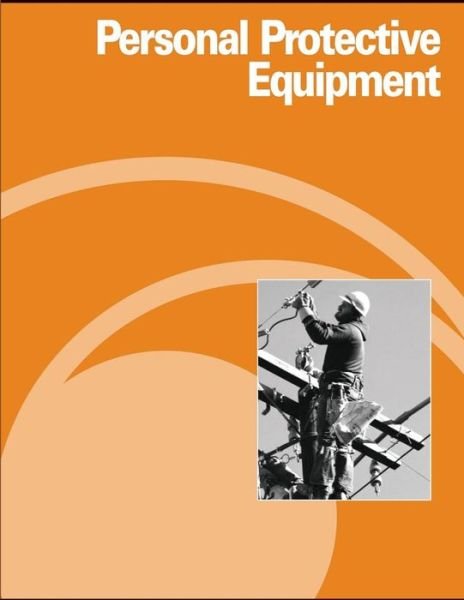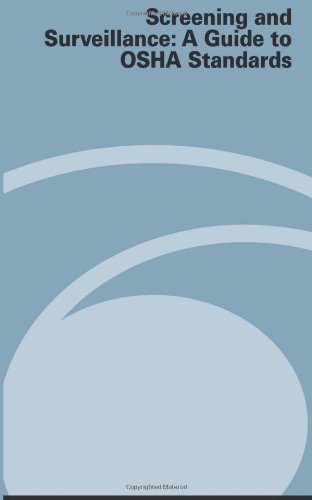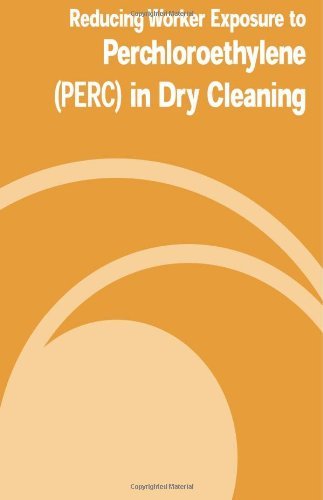
Faites connaître cet article à vos amis:
Underground Construction (Tunneling)
Occupational Safety and Health Administration
Underground Construction (Tunneling)
Occupational Safety and Health Administration
OSHA 3115-06R, Underground Construction (Tunneling), standard covers many topics of concern to those who work in the challenging environment of underground construction. A sampling of items covered by the standard includes requirements for safe access and egress routes, employee training in hazard recognition, a ?check-in/check-out? procedure, and emergency procedures. This booklet summarizes all requirements of the standard. The construction of underground tunnels, shafts, chambers, and passageways are essential yet dangerous activities. Working under reduced light conditions, difficult or limited access and egress, with the potential for exposure to air contaminants and the hazards of fire and explosion, underground construction workers face many dangers. To help employers protect the safety and health of underground construction workers, the Occupational Safety and Health Administration (OSHA) has prepared a number of guidance documents, including the underground construction regulations, found in Part 1926, section 800 of Title 29 of the Code of Federal Regulations (29 CFR 1926.800). OSHA regulations relating to underground construction were originally adopted in 1971 and revised over the years to add new protective measures and enhance worker safety. This publication summarizes OSHA?s regulations related to underground construction. As such, it should be used as a guide but not as a substitute for the complete text of 29 CFR 1926.800. Construction operations covered by the OSHA standard The OSHA underground construction regulation (29 CFR 1926.800) applies to the construction of underground tunnels, shafts, chambers, and passageways. It also applies to cut-and cover excavations connected to ongoing underground construction as well as those that create conditions characteristic of underground construction. These hazards include reduced natural ventilation and light, difficult and limited access and egress, exposure to air contaminants, fire, flooding, and explosion. The regulation does not apply to excavation and trenching operations for above ground structures that are not physically connected to an underground construction operation or to underground electrical transmission and distribution lines. OSHA has developed the following definitions for construction activities that fall within the underground construction field: A tunnel is ?an excavation beneath the surface of the ground, the longer axis of which makes an angle not greater than 20 degrees to the horizontal.? A share is ?(1) a passage made from the surface of the ground to a point underground, the longer axis of which makes an angle greater than 20 degrees to the horizontal; or (2) a pit in which there are employees, and it is foreseeable that they may enter (or do enter) the horizontal excavation; or (3) a pit that has typical underground construction hazards and is connected to a horizontal excavation.? The standard provides some flexibility in methods to control workplace hazards in underground construction as long as appropriate precautions are taken to protect workers in a variety of situations. OSHA requires that a ?competent person? be responsible for carrying out several requirements of the underground construction regulations. Situations that require intervention by a ?competent person? are identified in the following sections.
| Médias | Livres Paperback Book (Livre avec couverture souple et dos collé) |
| Validé | 22 juin 2012 |
| ISBN13 | 9781478113676 |
| Éditeurs | CreateSpace Independent Publishing Platf |
| Pages | 28 |
| Dimensions | 127 × 203 × 2 mm · 40 g |
| Langue et grammaire | English |
Plus par Occupational Safety and Health Administration
Voir tous les Occupational Safety and Health Administration ( par ex. Paperback Book )


